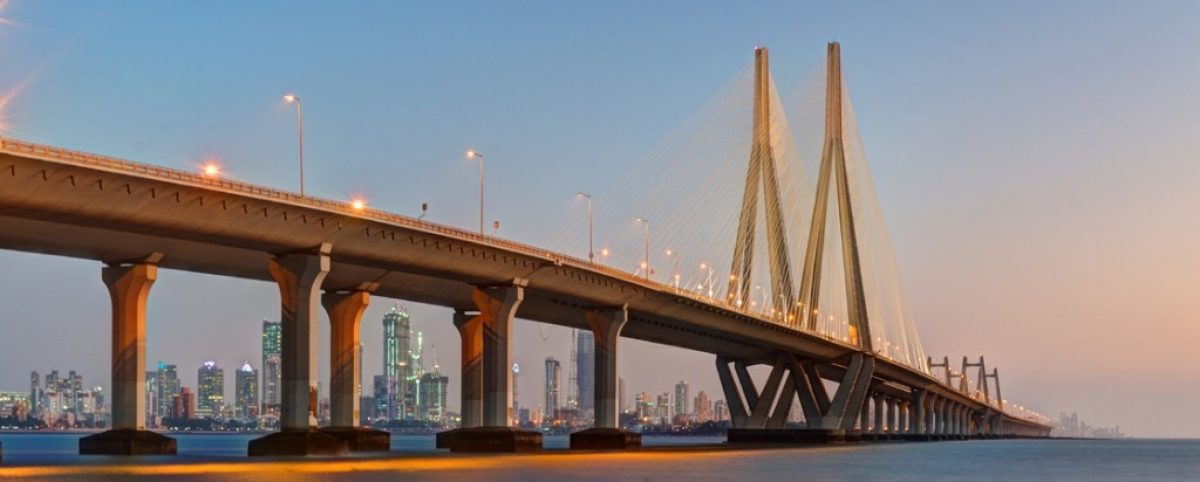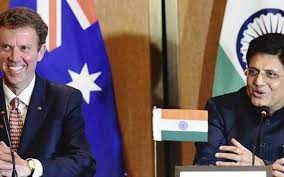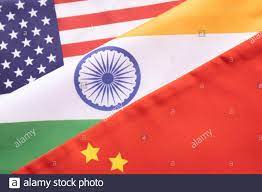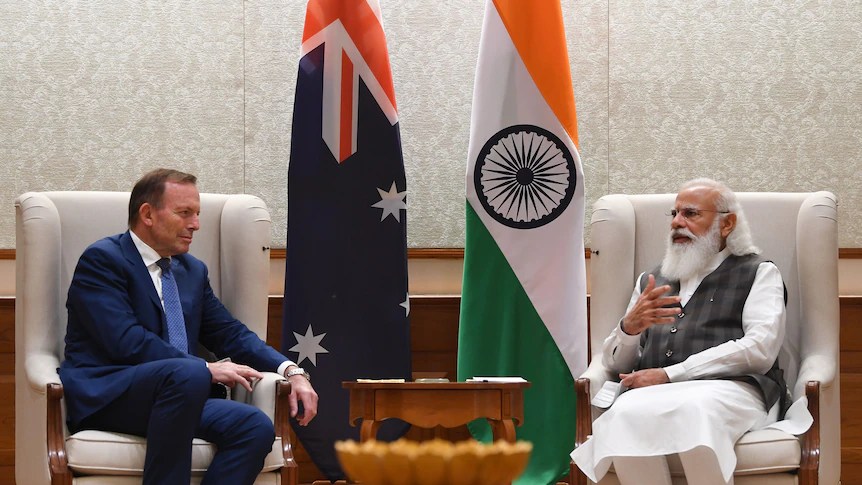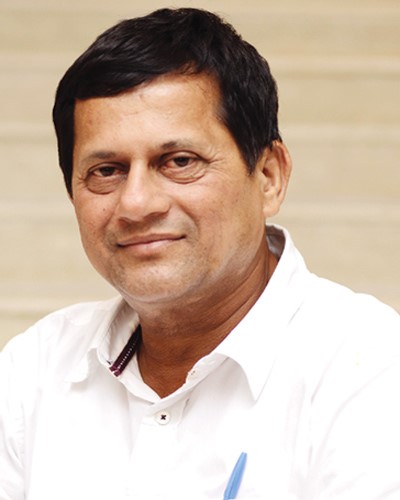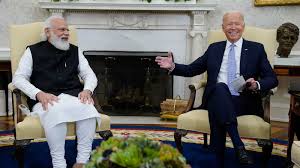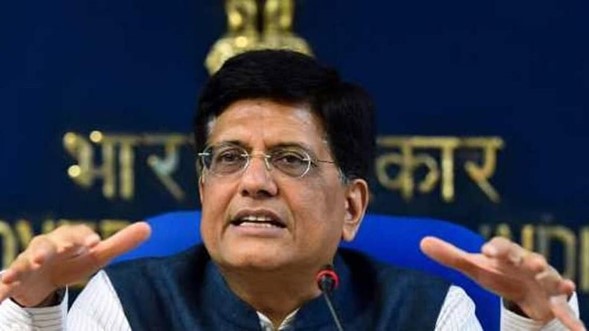Some developments for investors and exporters
- One billion vaccines: The cumulative coronavirus (Covid-19) vaccine doses administered across the country surpassed the 1-billion milestone, today. Over 700 million people have been administered the first dose of Covid-19 vaccine, while 290 million have been fully vaccinated, according to the government’s CoWin website. The government has set a target to vaccinate all adults by the end of 2021.
- Moody’s banking rating: Moody’s Investors Service has upgraded the outlook for the Indian banking system to ‘stable’ from ‘negative’. It believes that the deterioration of asset quality since the onset of Covid-19 pandemic has been moderate and an improving operating environment will support asset quality. Moody’s expects asset quality to further improve, leading to decline in credit costs, as economic activity normalises. The rating agency has projected India’s real GDP growth for 2021-22 at 9.3 per cent.
- Tax targets overshoot: The Centre is likely to exceed the budgeted tax collection target of Rs.22.2 trillion for the current fiscal year by Rs.2.5 trillion, according to experts. This is driven by better indirect tax mop-up, compliance measures and recovery in most sectors following the second wave of the pandemic. Personal income and corporate tax collections grew by 74 per cent to Rs.5.7 trillion in the first half of the current financial year, mainly due to advance tax and tax deduction at source (TDS) payments.
- Power deficit: The power shortage situation in the country is improving as per the data released by the Central Electricity Authority. Power shortage came down to 1,456 MW on 17 October 2021 from 2,714 MW a week back. Peak power shortage stood at a massive 11,626 MW on 7 October 2021. According to power sector experts, demand has moderated due to the onset of autumn and heavy rains in many parts of the country. Moreover, an improvement in coal supplies would further bring down the power deficit.
- Data consumption: India has the highest mobile data consumption in the world which is about 11 to 12 GB per user a month. The country is adding as much as 25 million new smartphone users every quarter making it a flourishing ground to launch digital initiatives, Ram Sewak Sharma, chief executive of the National Health Authority of India said. By 2025, India’s data consumption is likely to be doubled to nearly 25 GB per person a month, driven by affordable mobile broadband services and changing video viewing habits, Swedish gear maker Ericsson said.
- E-Commerce sales: The share of e-commerce in the overall sales pie has touched new highs in the first fortnight of October 2021, according to market trackers and companies. Several categories, including smartphones, consumer electronics, apparel and daily necessities are growing faster than last year. The share of smartphone sales online surged to around 60 per cent in the first fortnight of Navratri-Dussehra from around 55 per cent, early estimates by market tracker Counterpoint Research showed. Televisions grew to 40 per cent from 31 per cent in the same period last year, while refrigerators, air-conditioners, washing machines and kitchen appliances rose to 9-10 per cent from 6-8 per cent. Market research firm RedSeer Consulting said the overall online shopper base has grown by around 20 per cent this festive season compared to last year, with tier II markets contributing to almost 61 per cent of all shoppers
- Foreign investment: India witnessed net foreign investment inflows of USD 8.3 billion in August 2021, as compared to net inflows of USD 649 million in the preceding month. Net inflows of foreign direct investment (FDI) rose to USD 5 billion from nearly USD 3 billion in July 2021. Net inflows of foreign portfolio investment (FPI) worth USD 3.3 billion were seen in August 2021, after witnessing net outflows of USD 1.6 billion in July 2021.
Thanks to ASK Capital Management Pte Ltd for the above information.

